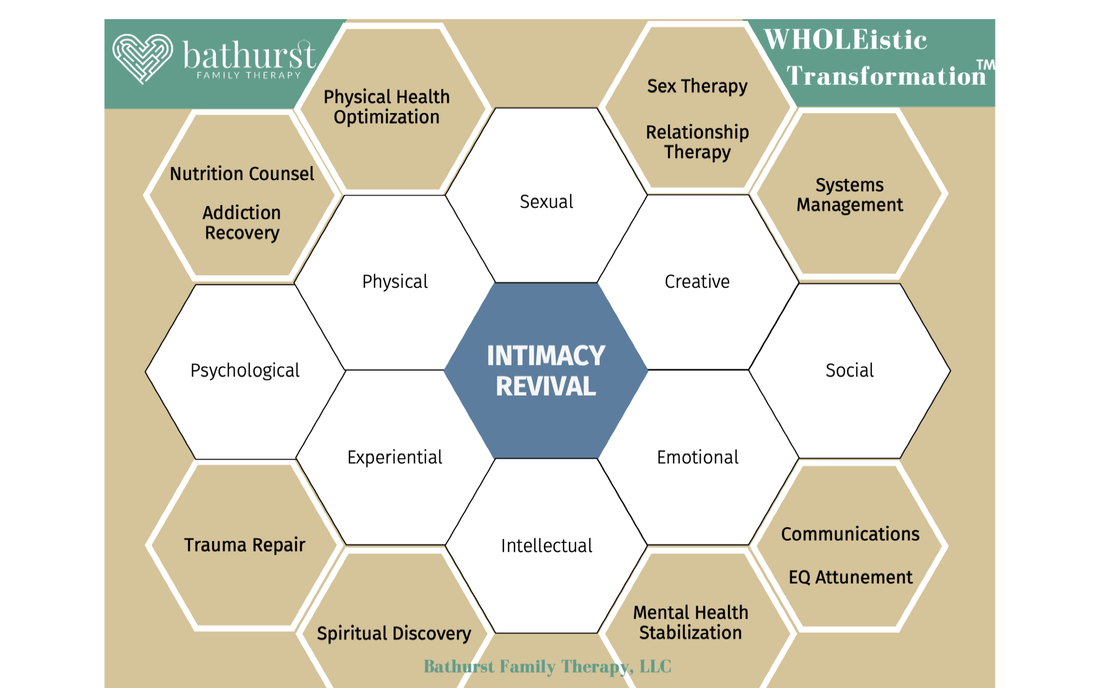Beyond Kegels: Exploring Advanced Techniques in Pelvic Floor Therapy
Beyond Kegels: Exploring Advanced Techniques in Pelvic Floor Therapy
Pelvic floor health often goes unnoticed until issues arise, impacting daily life in significant ways. The pelvic floor muscles play a crucial role in supporting organs, controlling bladder and bowel functions, and even sexual health. Despite their importance, these muscles are often overlooked in regular exercise routines. Neglecting the pelvic floor can lead to various problems, such as leaky bladder, pelvic pain, sexual dysfunction like ED, or even pelvic organ prolapse.

Understanding the Importance of Pelvic Floor Health
Proper functioning of the pelvic floor is essential for both men and women. Women especially face unique challenges related to pregnancy, childbirth, and menopause, all of which can impact the pelvic floor muscles. Men, on the other hand, may experience pelvic floor issues due to factors like aging, prostate problems, or certain medical conditions like Levator Ani Syndrome. Understanding the significance of pelvic floor health is the first step towards ensuring overall well-being and quality of life.
Factors such as obesity, chronic constipation, heavy lifting, or even high-impact sports can strain the pelvic floor muscles, leading to dysfunction. Awareness of these risks is crucial in maintaining pelvic floor health. Listening to your body, addressing any early signs of pelvic floor weakness, and seeking professional guidance can prevent more serious complications down the road. Prioritizing pelvic floor health is a proactive approach to safeguarding your future self.
Traditional Methods: The Role of Kegels in Pelvic Floor Therapy
Kegel exercises, named after Dr. Arnold Kegel, have long been the cornerstone of pelvic floor therapy. These exercises involve contracting and relaxing the pelvic floor muscles to strengthen them. While Kegels can be effective for many individuals in improving pelvic floor function, proper technique and consistency are key. However, relying solely on Kegels may not address all aspects of pelvic floor health.
One common misconception is that more Kegels are always better. In reality, an overactive pelvic floor can be just as problematic as a weak one. Finding the right balance is essential for optimal pelvic floor performance. Furthermore, not everyone can effectively engage their pelvic floor muscles through standard Kegel exercises. This limitation has prompted the development of alternative techniques in pelvic floor therapy.
Despite their limitations, Kegels remain a valuable tool in pelvic floor rehabilitation. They are particularly useful in cases of stress urinary incontinence, pelvic organ prolapse, or postpartum recovery. Integrating Kegels into a comprehensive pelvic floor therapy plan can yield positive outcomes. However, acknowledging the challenges and exploring advanced techniques can further enhance the effectiveness of treatment.
Challenges and Limitations of Kegels in Pelvic Floor Rehabilitation
While Kegels have undeniable benefits, they are not a one-size-fits-all solution. Some individuals struggle to isolate and activate the correct muscles during traditional Kegel exercises. Factors such as muscle weakness, nerve damage, or poor coordination can hinder the effectiveness of Kegels. In such cases, alternative approaches tailored to the individual's specific needs may be more appropriate.
Another challenge with Kegels is maintaining motivation and adherence to a consistent routine. Like any form of exercise, compliance plays a significant role in achieving desired results. Lack of progress or quick improvements can discourage individuals from continuing their pelvic floor therapy. Educating patients about the importance of perseverance and offering varied exercises can help overcome these obstacles.
Additionally, relying solely on Kegels may overlook underlying issues contributing to pelvic floor dysfunction. A holistic approach that addresses posture, breathing patterns, lifestyle factors, and mental well-being is essential for comprehensive pelvic floor rehabilitation. Recognizing the limitations of traditional methods is the first step towards exploring a more integrated and personalized approach to pelvic floor therapy.
Incorporating advanced techniques such as biofeedback, electrical stimulation, or pelvic floor physical therapy can complement Kegels and provide a more comprehensive treatment plan. These cutting-edge methods offer targeted muscle training, real-time feedback, and a deeper understanding of pelvic floor function. By combining traditional exercises with innovative approaches, healthcare professionals can enhance patient outcomes and satisfaction.
Beyond the Basics: Exploring Cutting-Edge Techniques in Pelvic Floor Therapy
As the field of pelvic floor therapy evolves, new technologies and approaches are revolutionizing treatment options. Biofeedback, for example, enables patients to visualize their pelvic floor muscle activity on a screen, improving awareness and control. This real-time feedback can enhance the effectiveness of exercises and promote proper muscle engagement.
Electrical stimulation is another promising technique that uses gentle electrical pulses to stimulate pelvic floor contractions. This method can be particularly beneficial for individuals with weakened or damaged pelvic floor muscles. By strengthening these muscles through targeted stimulation, patients can experience improvements in bladder control, pelvic pain, and overall quality of life.
Pelvic floor physical therapy, conducted by specialized therapists, focuses on hands-on techniques to address muscle tension, joint mobility, and alignment issues. This personalized approach aims to restore optimal pelvic floor function by incorporating manual therapy, exercises, and lifestyle modifications. Patients receive individualized care tailored to their unique needs, ensuring a holistic and effective rehabilitation process.
Innovative approaches like intravaginal or intra-anal devices offer targeted strength training for the pelvic floor muscles. These devices provide resistance during exercises, helping individuals isolate and strengthen specific muscle groups. When used under professional guidance, they can enhance muscle tone, endurance (including sexual stamina), and coordination, leading to improved pelvic floor function and symptom relief.
By embracing these advanced techniques and moving beyond traditional methods, individuals undergoing pelvic floor therapy can access a wider range of treatment options tailored to their condition. Personalized care, innovative technology, and a multidisciplinary approach are shaping the future of pelvic floor rehabilitation, offering hope and improved outcomes for those seeking to enhance their pelvic floor health.
- Ready to take control? For a one-time fee of $97, take our online PFilates class. PFilates is an evidence-based at-home exercise practice that offers 80% of clients relief in weakened pelvic floor dysfunction within the first 28 days.
- Struggling with Vaginismus, or too strong of a pelvic floor? Try out our guided meditation to help you relax those muscles and reduce pelvic floor activation for relief.











